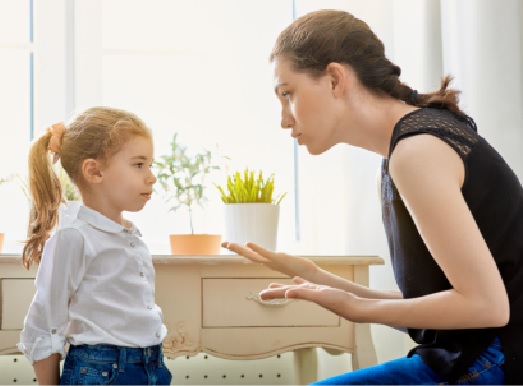Healthy personal boundaries are essential for healthy relationships.
This is why parents should begin teaching their children about them from a young age.
Boundaries are the limits of appropriate behaviour between people.
Personal boundaries define where one person’s freedom ends and the other’s begins.
It is important to put boundaries in place to protect our well-being.
In our relationships, it is the presence of healthy boundaries that help us to build trust, safety, respect and to actually be consistent in our dealings.
People with healthy boundaries tend to have a high awareness of their needs.
They also value their identity, and they don’t compromise themselves for other people.
Although it is an important skill, many people do not know how to set boundaries.
Boundaries help us to determine how we relate with others and how we want other people to treat us.
Having boundaries, as an individual, limit the likelihood of people manipulating or taking advantage of us.
Boundaries also honour a person’s own need for self-care and personal integrity.
People without healthy boundaries struggle with self-worth, self-esteem, and often suffer identity crisis.
These can show up in behaviours, such as, a lack of honesty, people pleasing and a false sense of connection.
This in turn affects the quality of relationships and quality of life enjoyed in adulthood.
Children must be made to see boundaries as the lines on a sports field.
It is important not to cross the lines during a game to avoid stopping the game or getting penalised.
It is much the same way in healthy relationships.
We must be able to tell others where the lines are, so they do not cross.
We do this by letting them know that it is not okay to treat us a certain way.
We reciprocate this skill by also respecting other people’s boundaries.
Pressuring people to get them to do things, deceiving, manipulating, intimidating and dominating others are all ways by which we disrespect others and end up with unhealthy relationships.
Clarity
The first step to setting boundaries is to get clarity on what feels bad.
Based on our family values, we must encourage the children to reflect on what they wish would not happen to them anymore in school, at home, etc.
They must be able to use clear and firm language (respectfully), and not words like “maybe”, “it would be nice if”, or “I think” to communicate their boundaries.
Each of these examples water down what is being asked.
After a boundary has been set, it may or may not be respected by others.
Certain actions or inactions may have to be taken to protect that boundary as a result.
Finally, adults must model and share their experiences concerning boundaries with them.
This must include how they also respect other people’s boundaries.
This is how children can also protect themselves from sexual abuse.
When they know that their privacy must be respected, know how to say ‘no’ and insist that ‘no means no’ when their privacy is being violated, they are likely to seek the needed help before it is too late.
Teach
Teach them the PANTS rule that says that:
P ‒ Private parts are private.
One’s private parts are not meant for others to see and touch.
This includes the mouth and the anus.
A ‒ Always remember that the body belongs to God.
N ‒ No means no.
T ‒ There are no secrets with Mum and dad.
S ‒ Say something to parents, teachers, pastors etc., (who they feel safe with) so they can be helped.
The writer is a Child Development Expert/ Fellow at Zero-to-three Academy, USA.
E-mail: nanaesi_19@yahoo.co.uk

